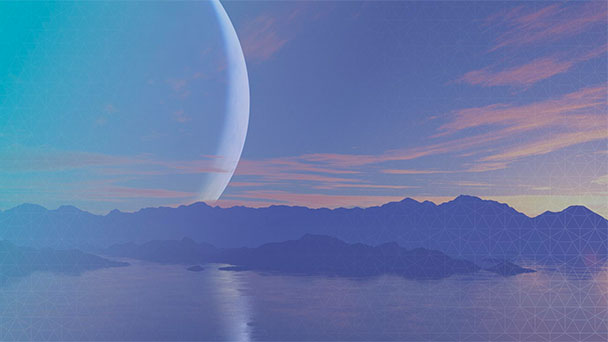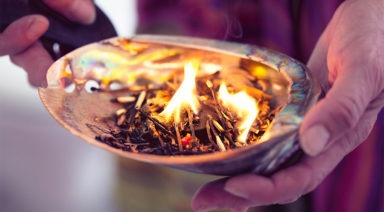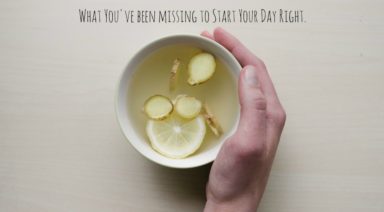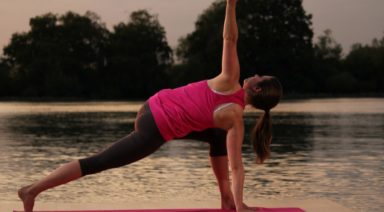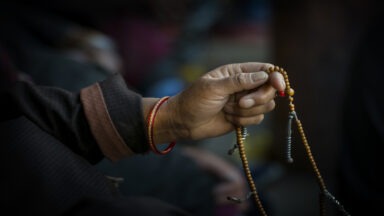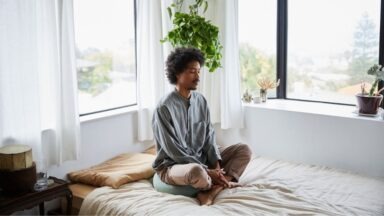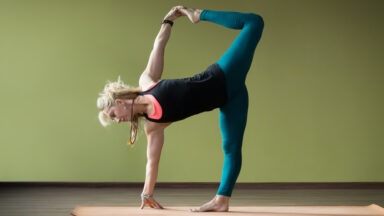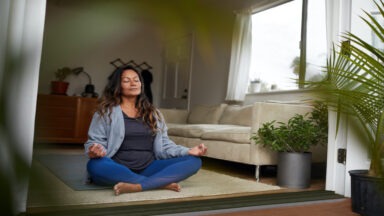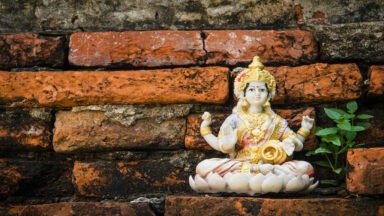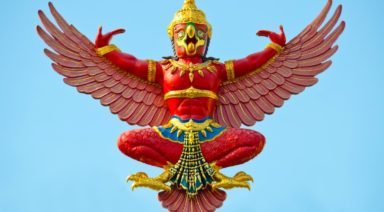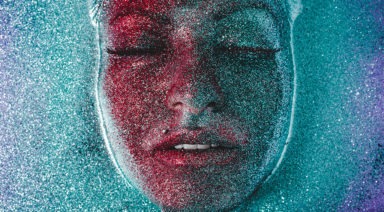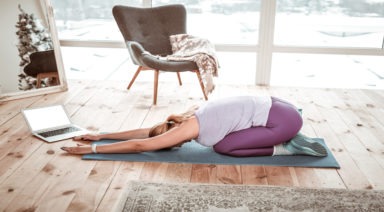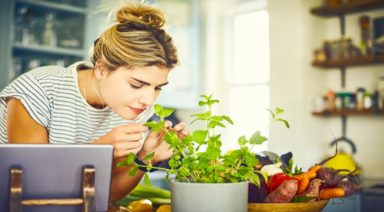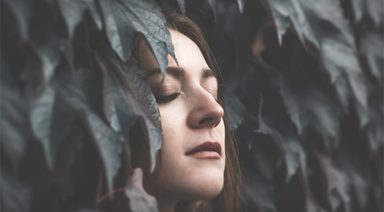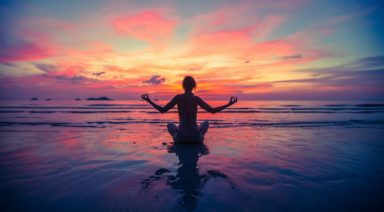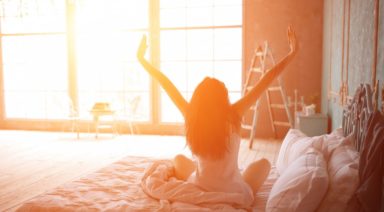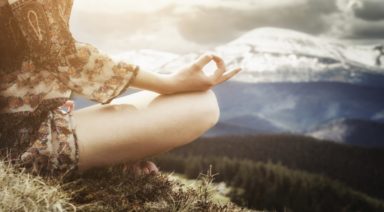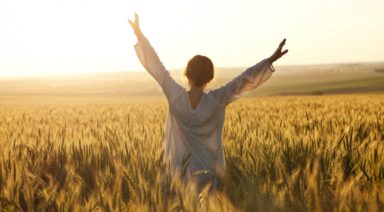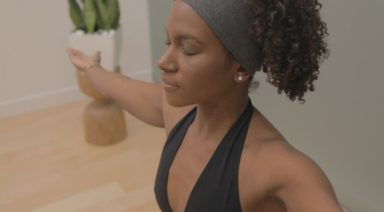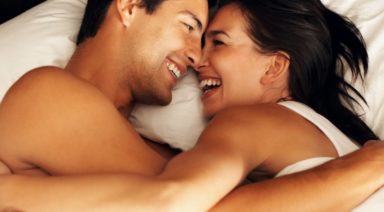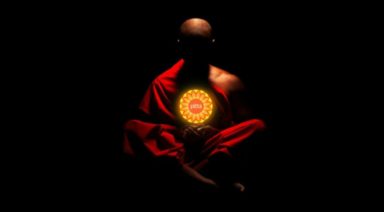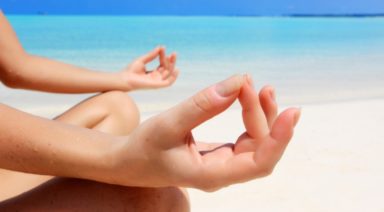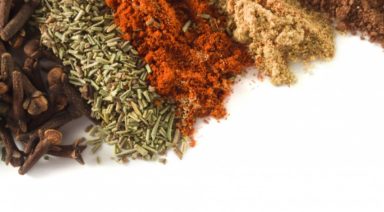The Magic of the Morning Ritual
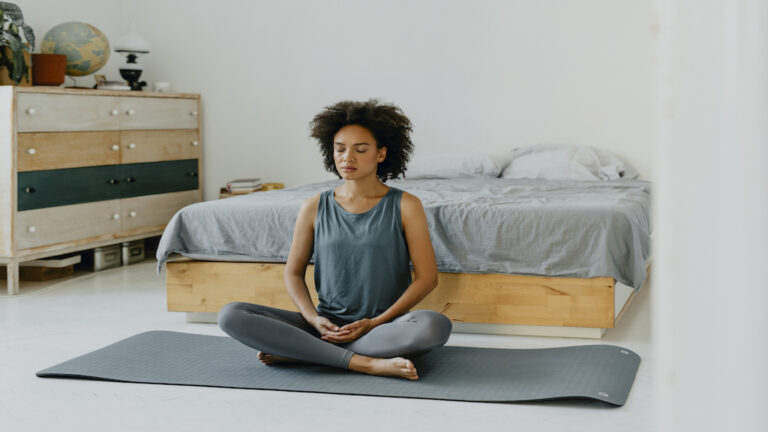
For years, science has backed the idea of a morning ritual. Neural pathways are the most malleable in these early hours of the morning. Creating a routine to prepare your mindset and body to support your day provides a well of resilience for the twists and turns of life. The ritual can change over time, be it meditation, movement, or breathwork. It’s the time of day that stays the same. The practice is about showing up for yourself.
We also see evidence in current cultures across the world, of a morning practice being passed down from the ancients. The mystics of India called this time of day, just before dawn, the Brahama Muhurta. They say it’s the most sacred time to align the inner cosmos with the outer.
For example, Ayurveda’s recommendation for easing depression is to walk outside and get sun in your eyes first thing in the morning. Science has confirmed that this helps reset the circadian rhythm with the biological clock and supports the vitality of several health-related topics, including a good night’s sleep.
So, there are plenty of reasons why a morning ritual is a great way to start the day. Perhaps the bigger question is…how?
Neuroscience continues to provide valuable information on building new, healthy habits and dissolving the less desirable ones. For starters, we don’t need to rely on sheer willpower. Atomic Habits author James Clear quotes Greek poet Archilochus:
“You do not rise to the level of your goals. You fall to the level of your systems.”
This means if you aren’t meeting your goals for a morning routine, don’t take it personally. The key to success in building a ritual is to troubleshoot your systems, not your willpower.
Clear says there are four essential elements to setting up a process that makes new routines achievable.
Building New, Healthy Habits
- Make it Obvious: For a new habit to be successful, create a time and space for your ritual. Set your alarm. Add a block of time to your calendar and prepare your space by laying out clothes ahead of time, your tea cup, journal, or yoga mat.
- Make it Attractive: Add something you know you’ll enjoy to your ritual. Perhaps your favorite music plays in the background during your yoga practice. Or learn about some of your favorite topics while hydrating with your morning tonic or smoothie.
- Make it Easy: If a guided meditation is part of your morning routine, pick one ahead of time and have it ready to go on your device. One recommendation is to have two duration options available. If you are short on time, you can still accomplish the shorter routine at the time you set aside. Build the muscle of showing up at the time and date you have set aside for yourself, even if it’s a shorter practice.
- Make it Satisfying: Hopefully, after following through for a week of your ritual, endorphins will begin to flow and confidence will build. You can always try habit-stacking and let your morning coffee or breakfast be the reward for completing your ritual practice every day.
Breaking Unwanted Habits
If you have habits you want to release, ask yourself the opposite of the questions above:
How do I make this habit less attractive?
How do I make it more difficult to engage in this behavior?
If you are building your Morning Ritual with Gaia, we recommend using our Playlist feature. Create as many Playlists as you like for specific days of the week or for certain durations.
Most importantly, go easy on yourself. The Morning Ritual that suits your lifestyle may change over time, and creating new routines can also be fun. Just as the Willow tree bends in the wind, allow yourself the flexibility to adjust what works for you as lifestyle changes arise. Ultimately, your unique ritual is meant for you, to grow your sense of self-love and increase your love of life!
Purifying Through Fire: Creating a Fire Ceremony
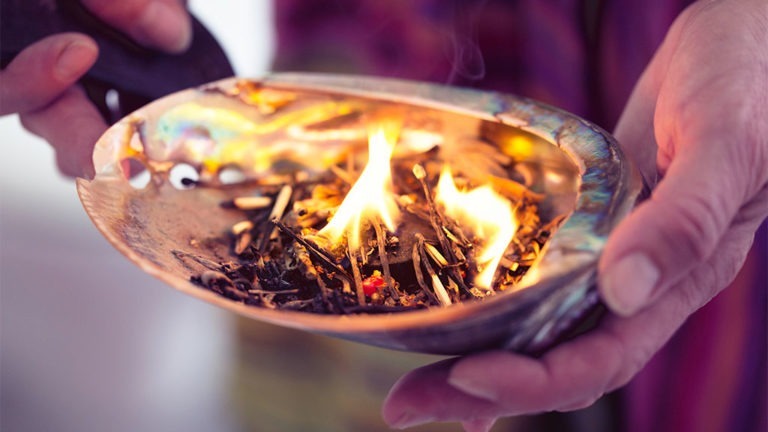
The ancient Vedic culture, from which yoga is derived, has a long-standing tradition of rituals designed to pay homage to and communicate with the divine. In a Puja ceremony, one makes simple offerings in gratitude for the blessings they have received and to return a piece of these gifts back to spirit. In a Yajna, the ritual is more extensive. Here Brahman or Vedic priests communicate with specific aspects of the divine through the messenger Agni, the fire God. Yajnas, as prescribed in the Vedas, follow a specific template which include intention, offerings, and specific mantras to be recited. The following article describes the basic tenants of Yajna and Puja to provide a template for practitioners to create their own fire ceremony of purification and transformation.
1. Begin in Fullness
A central tenant in yoga is the notion of “purnam” or wholeness. All that exists arises from wholeness and is in itself whole. It is essential in our communion with spirit to understand that we are not separate from and seeking union; instead we are unified and remembering.
Purnam exists throughout the entire life cycle; from the blessing of a newborn baby to the cremation grounds of Varanassi, the wholeness of life is acknowledged through its entirety. As an individual soul, or atman, we go through a journey of transformation as our life unravels to reveal new layers of understanding. Regardless of one’s disposition, place in life, failures or successes, each individual is of “purnam” and as such, divinely whole. The practice of purification serves to dissolve the illusion of separation and bring the aspirant back into their knowing of wholeness.
Application
As you prepare your body and mind for fire ceremony, do so from the intrinsic understanding that you are whole exactly as you are. Bring your whole self forward. Allow all parts of you, from the beautiful to unseemly, to open to the direction and guidance of spirit.


